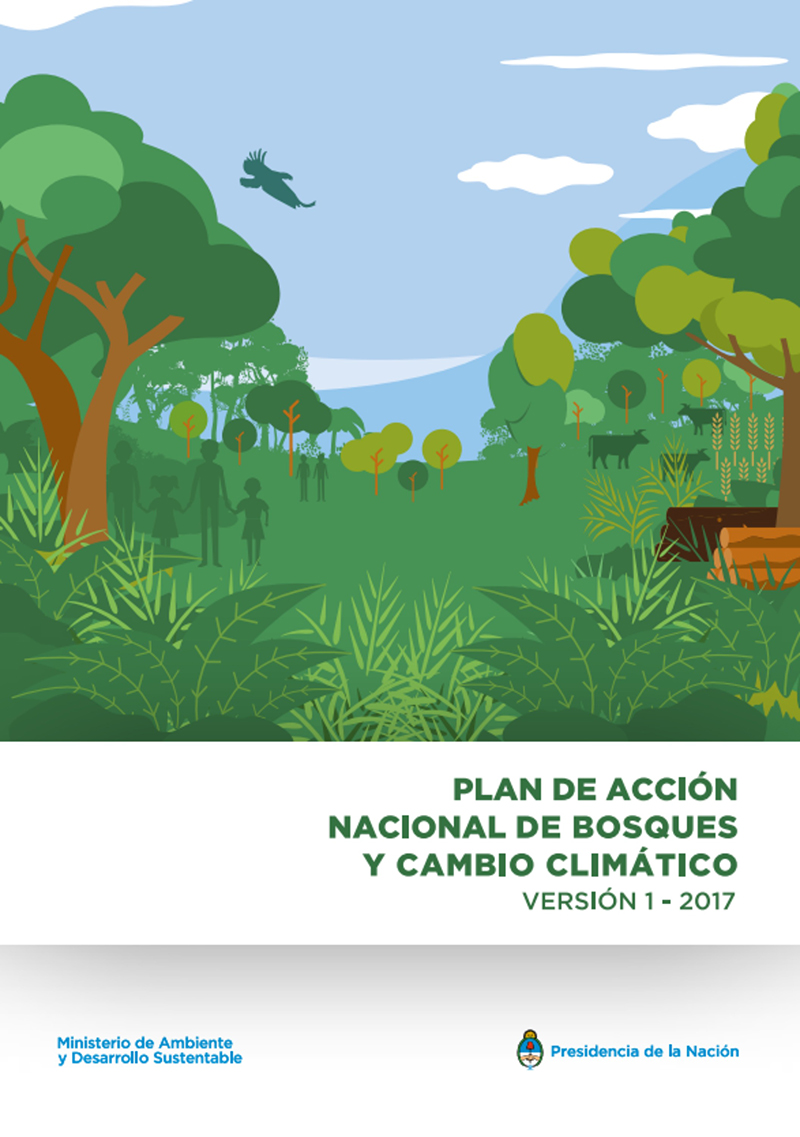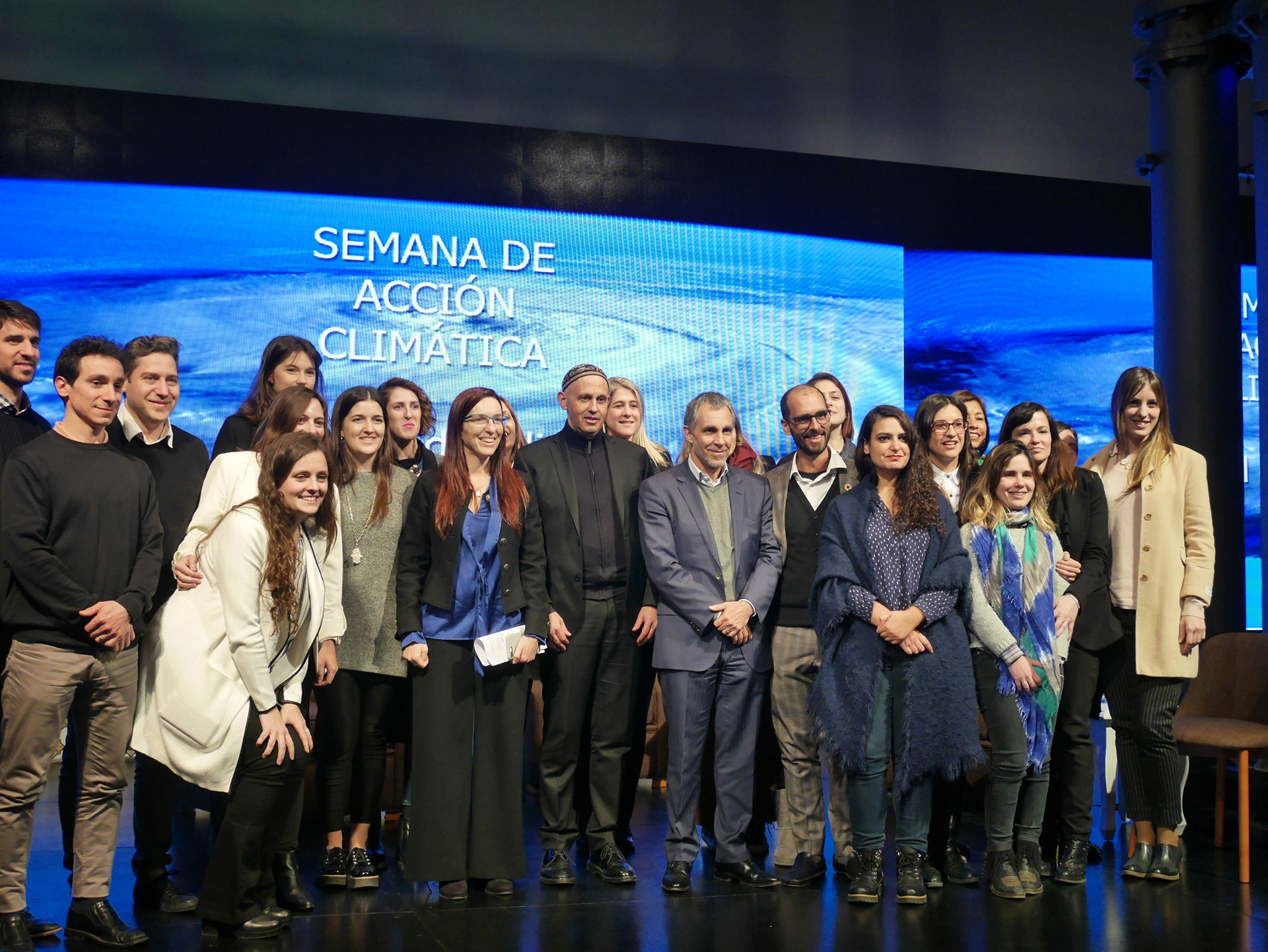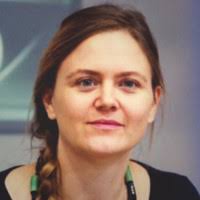On July 4, 2019, the UN-REDD Programme in Argentina held its closure event in the framework of the Climate Action Week of Argentina. The event presented the advances of the country in the preparation and strengthening of pillars toward the reduction of emissions from deforestation and forest degradation, the conservation and the increase of the carbon stock in the forests and their sustainable management (REDD+). The event also offered a space for dialogue on forestry climate politics, next steps in the implementation of the REDD+ process in the country, and overall reflection on climate finance.
“A phase has ended, but the work we need to accomplish is not over yet, and we have high expectations, said the Sergio Bergman, Secretary of State of Environment and Sustainable Development (SAyDS for its acronym in Spanish), referring to the National UN-REDD Programme and the continuation of the Argentina commitments in REDD+. “For us, forests, their related policies, environmental services and mitigation plans have always been a central axis in our climate change work. This will allow us to restore forests, as we know stopping deforestation is essential but will not be enough. We need to value the experience of those who live in and maintain the forests, as well as supporting their activities to restore the ecosystem.”
“To reach this day, we went through a long process, not just a couple of days, but four years,” said Carlos Bruno Gentile, the Undersecretary of Climate change and Sustainable Development and REDD+ focal point in Argentina, “It was not always easy, but we made it, and we still continue to make progress towards reducing emissions from deforestation and forest degradation.”
Advances of the UN-REDD Programme in Argentina
Through the collaboration with the UN-REDD Programme Argentina made important progress and reached key milestones in all four REDD+ pillars.
1. Preparing a National REDD+ Strategy
Argentina submitted the National Action Plan on Forest and Climate Change (PANByCC for its acronym in Spanish) in 2019. This plan – embedded as one of the key axes of the Nationally Determined Contribution (NDC) of Argentina - represents the general framework of action for implementing the REDD+ process in the country and contribute to achievement of the Paris Agreement. The preparation of the strategy was led by the Secretariat of Environment and Sustainable Development (SAyDS) through the National Directorate of Climate Change (DNCC), in conjunction with the National Directorate of Forests (DNB).
As also Carlos Gentile emphasized, the process was highly participative “the strategy was really an outcome of a joint effort by many stakeholders, led by the Secretariat of Environment and Sustainable Development but elaborated in a participatory way at the national and sub-national levels to guarantee its success. This included academia, civil society, the private sector, farmers, indigenous communities and more.”
The National Strategy is an instrument of public policy and an operational management with the objective of reducing the carbon emissions from deforestation and forest degradation, the vulnerability of local communities and native forests, restoring native forests and strengthening sustainable management. Argentina’s native forest sector plays a key role in meeting the NDC goal of not exceeding 484 million tons of carbon dioxide by 2030.
Link to the plan:
Infographic in Spanish: https://www.argentina.gob.ar/sites/default/files/infografia_bosques_esp_0.pdf
Infographic in English: https://www.argentina.gob.ar/sites/default/files/infografia_bosques_eng_0.pdf

2. Building the Forest Reference Emission Level
The Forest Reference Emission Level (FREL) is the baseline that needs to be constructed for assessing a country's performance in the implementation of REDD+ activities in terms of reducing greenhouse gas (GHG) emissions in the forestry sector (or enhancing their forest carbon stock). It might also serve for domestic purposes to evaluate progress in various domain of forest governance. Argentina submitted its Forest Reference Emission Level (FREL) to the UNFCC in 2019. The FREL was constructed by the Secretariat of the Environment and Sustainable Development and included the four regions that represent 90% of the territory covered by native forests (Parque Chaqueño, Selva Tucumano Boliviana, Selva Misionera and Espinal). This effort allowed the country to set the baseline for the period 2002-2013 of a total of 101 mill. tCO2eq.
-
Link to the FREL submission: https://redd.unfccc.int/files/2019_submission_frel_argentina.pdf
To read part 2, click here



